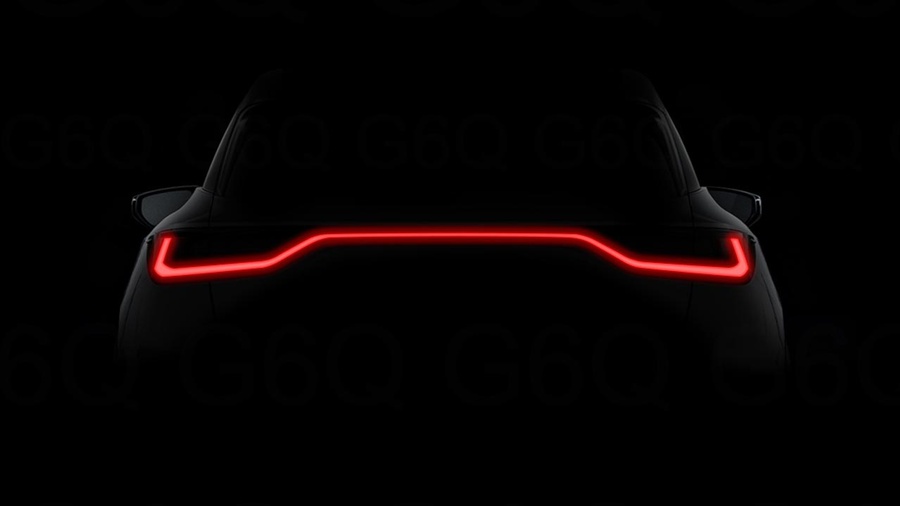With the introduction of the LBX, Lexus seems to be venturing into even smaller territory. Comparing the Yaris Cross and the existing UX, the LBX is expected to be smaller, avoiding any overlap with its sibling. While some might question the need for downsizing, subcompact crossovers have proven to be incredibly popular among consumers. It's likely that Lexus saw an opportunity in the market and decided to tap into it by creating a Lexus version of the Yaris Cross.
Rumors of an entry-level Lexus crossover have been circulating since May 2020, initially suggesting a possible "BX" name. However, recent trademark filings indicate that "LBX" is the likely final name. The LBX will compete with the likes of the Audi Q2, although the Q2 is expected to be discontinued after one generation. In terms of size, the BMW X1 and Mercedes GLA align more closely with the UX than the upcoming LBX.
Built on the TNGA-B platform, which is shared with the Yaris supermini, the new Lexus LBX is anticipated to share technical specifications with its mainstream sibling. This means that we can expect a hybrid, all-wheel-drive variant equipped with a three-cylinder, 1.5-liter gasoline engine and an electric motor, delivering a combined output of 114 horsepower. The Toyota-badged model with similar specifications achieves a 0 to 100 km/h (62 mph) acceleration time of 11.8 seconds. Additionally, a non-hybrid, front-wheel-drive model will be available, featuring a 123 horsepower 1.5-liter engine paired with either a six-speed manual or a CVT transmission.
While Lexus Europe has confirmed the LBX for the Old Continent, its availability in the United States remains uncertain, as the Yaris and Yaris Cross are not currently offered there.
Source: Lexus


